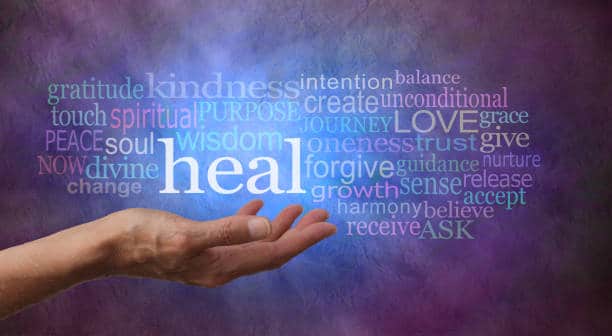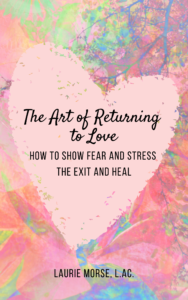Almost everyone I know has that closet that they shove junk into. I know I do. Sometimes that closet is real, sometimes it’s metaphorical. Sometimes it’s both. The metaphorical closet is the one we stuff our heartbreaks, betrayals, losses, disappointments, and devastations into. We put it away so it doesn’t clutter our home and so that we don’t have to look at it. We aren’t quite sure what to do with it all, but we know we can’t get rid of it. There’s no Goodwill to call for a pick-up of unresolved emotions. By midlife, that closet seems to be pretty full for most of us.
For the longest time, I didn’t want to open it because I was sure everything would come tumbling out and suffocate me to death. So I just kept walking past it day after day, hoping the door would stay shut even as it started bursting at the seams.
I’ve heard many stories of how the closet door eventually cracked or burst open, and it’s always a catalyst that seems to be the precipitator of the door opening: a death, a move, a loss, a health crisis, a heartbreak…
“Broken heart syndrome,” is a stress-induced heart injury, weakening, and even failure due to fear, loss, grief, and heartbreak. It’s almost like a version of PTSD (post-traumatic stress disorder) to the heart, which ends up affecting the whole system.
It turns out the heart is extremely sensitive to emotions. It’s been considered to be the storehouse of them. There is an emotional heart that overlaps or intersects the biological heart in mysterious and often surprising ways. There is a protective sheath called the pericardium that surrounds the heart, and in Chinese medicine, this heart protector is very alert to emotions.
As human beings we were meant to experience emotions, process them, and then allow them to flow on through, rather than tie them up like hostages and store them for decades. There are some leading-edge visionary cardiologists who have been practicing for years and understand that approaching the heart like a machine that can be manipulated and controlled has limits. Cardiology has enjoyed great medical successes in the past hundred years with the advent of stents, pacemakers, defibrillators, bypass surgery, and transplants, but even these modern miracles are approaching their limits.
“A record of our emotional life is written on the heart. Modern medicine must be complemented with attention to the emotional life that the heart is understood to contain. A new paradigm is desperately needed that honors psychological and social factors front and center.” This was said by Sandeep Jauhar, a cardiologist for two decades. This is what he has learned as he’s tended his heart patients.
Another brilliant and renowned cardiologist who wrote the book The Heart Speaks, Dr. Mimi Guarneri, says, “Each heart has a biography, language, and method of revealing its truth, if we know how to listen.”
Some of the language of the heart includes story, image, symbol, creativity and/or meditation, and importantly, being witnessed.
I’ve learned that each heart has a story to tell, and this story is literally dying to get out (like the stuff stuffed in the closet − trapped, unseen, avoided, and feared). It’s in the telling of the story that emotions can move, flow, and heal. It’s in being witnessed that emotions feel safe to become more than the pain. It’s in the willingness to open the closet door that the alchemy begins.
To learn more, pop over here: http://www.aguidetonotdiebeforeyourtime.com/





